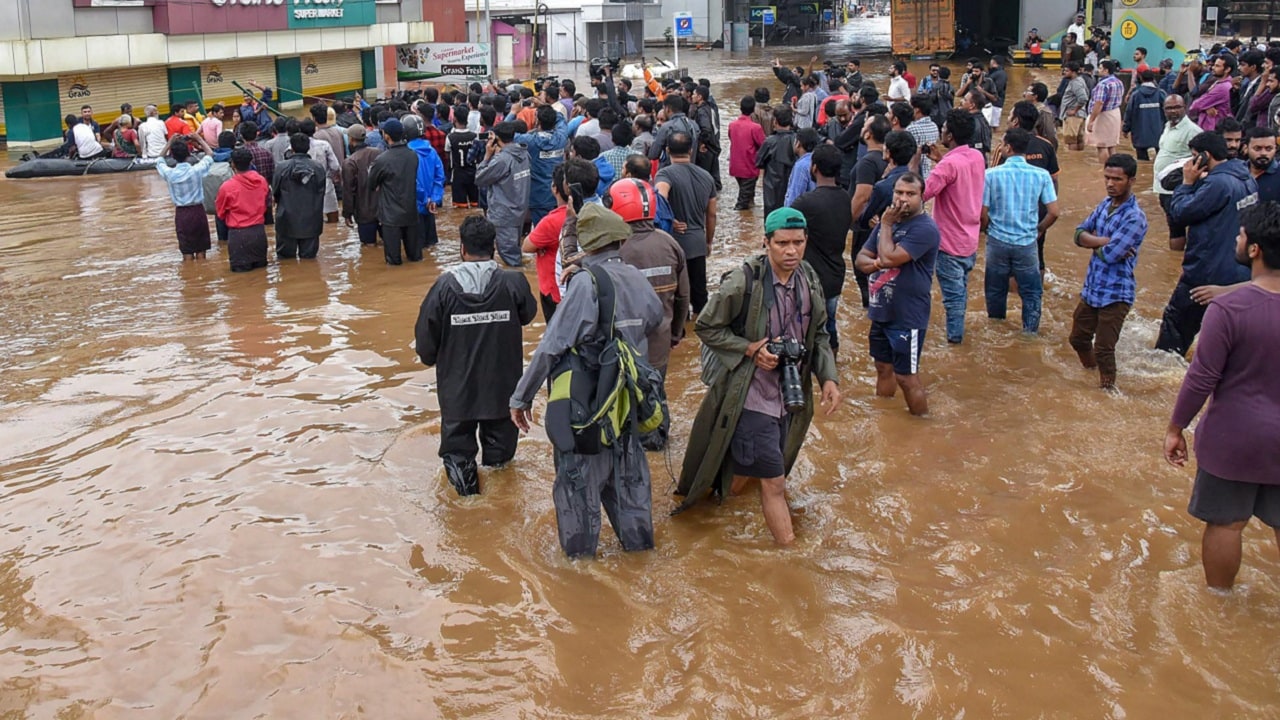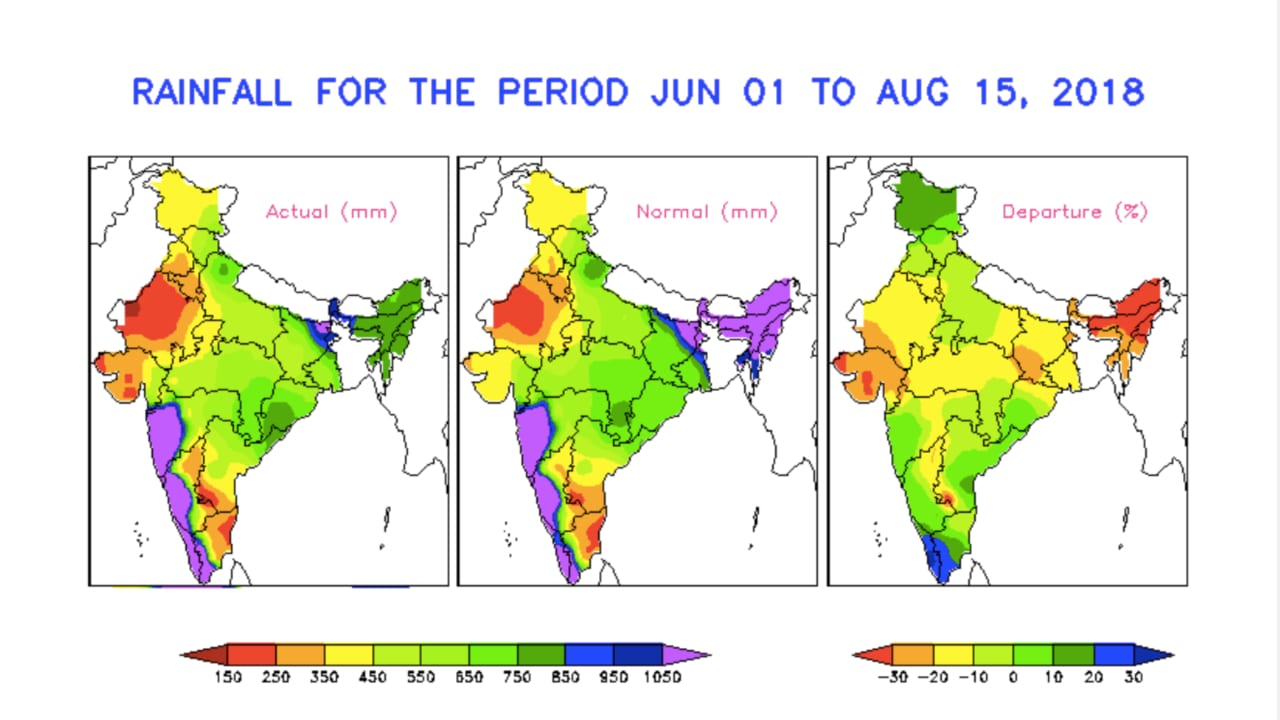WHAT CAUSED THE KERALA FLOODS? COULD WE HAVE DONE ANYTHING TO PREVENT IT?
Rains
lots of rain
That's all it took for the state of Kerala to flood in neck-deep water, for massive landslides to lay waste to roads and homes and for hundreds to lose their lives.

At last count, 357 people lost their lives, and the floods destroyed roughly 906,400 hectares worth of crops. The cost to the state and its people stands at a staggering Rs 19,512 crore.
Going beyond the weather (causes of flood)
>>The state was forced to throw open the gates of 35 of its 39 dams, knowing full-well what was to come. Residents were forced to flee, on important roads that happened to be engulfed in floodwater and landslides.
>>The intensity of the rains meant that two dozen more dams in states nearby were forced to follow suit. The dam gates were opened and a torrent of hell was unleashed on God's own country.

READING THE SIGNS
>>Kerala was one of four other districts in the country with rains more severe than predicted in 2018. The rains saw a steady increase since 2015, culminating in the 'large excess' seen this year.
>>Records from the India Meteorological Department from the start of the torrential rains in Kerala – between 9 August and 15 August – show a 255 percent departure from the norm in the state's hotspots.

WERE THERE ANY EARLY SIGNS?
>>One of the most severely affected areas is Ernakulum in Kochi, along the Periyar river, into which excess water from the Idamalayar dam was drained.
>>Dam-safety expert N Sasidharan claimed that authorities waited till the water level in the Idamalayar reservoir reached its capacity of 169 feet, and had it been opened sooner, would likely have spared the massive evacuation efforts in the vicinity.
>>MC Joseph of Kuttikkatt village near Eloor said that the authorities made a mistake by opening all four gates of the dam at once, flooding the underlying regions at a much faster rate than expected.
>>“This is the result of poor planning by the disaster management authority,” Sasidharan added."Sitting at Geneva, I had on 14 June cautioned that the reservoirs will be filled by July. I had made the prediction based on the experience in Thailand and Pakistan," Murali Thummarukudy, Chief of Disaster Risk Reduction in the United Nations Environment Programme (UNEP) said to Malayala Manorama, a Kerala daily.
WHAT NOW?
>>Floods during monsoons are as common in the centre of our country as much as they are in coastal states. Uttar Pradesh and Bihar are prone to bad monsoons and saw the worst of it in the catastrophic floods last year that affected an estimated 40 million people, according to a UN report.
>>“The main reasons for floods have been assessed high-intensity rainfall in short duration, poor or inadequate drainage capacity, unplanned reservoir regulation and failure of flood control structures,” a report filed in March this year by the Ministry of Water Resources to the Rajya Sabha.
>>The tools used by met officials to assess climate change are long term, area-wise monsoon predictions – which are, the Indian Institute of Tropical Meteorology concedes – far from easy to make.
>>In the meanwhile, water levels in Kerala have slowly begun to recede. Unfortunately, the end of monsoon is still weeks away.
>>Once the floods and fury recede, there are evidently many lessons for authorities to take away from this disaster.
>>The next time such a disaster occurs, we have no excuse for not being better prepared.
Comments
Post a Comment